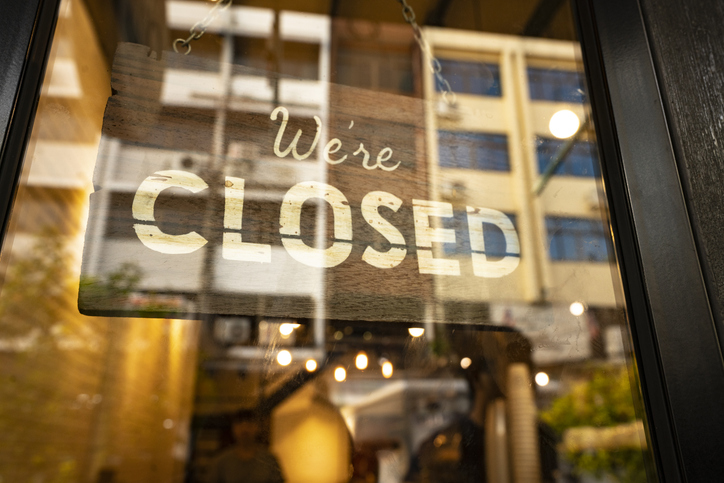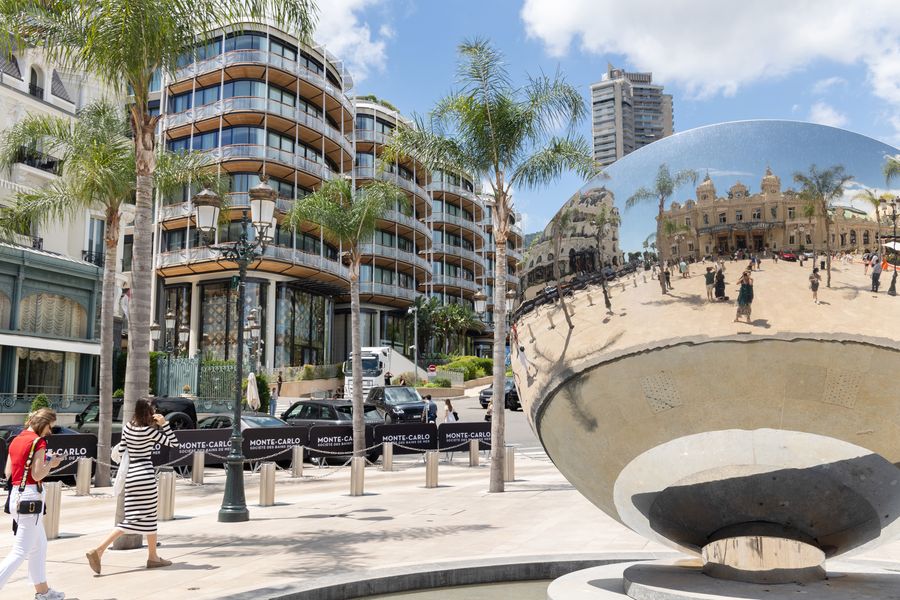Frugal and proud of it: how ‘loud budgeting’ became cool
Australians under 30 are enthusiastically adopting ‘cash-conscious’ behaviour to grow their savings while interest rates are high
Young Australians are embracing global ‘cash conscious’ trends popularised via social media to proudly cut back on increasingly expensive non-essential items, not only to cope with the cost-of-living crisis but also to prioritise saving and reduce debt while interest rates are high. A consumer sentiment survey conducted by National Australia Bank (NAB) revealed a 24 percent annual increase in the number of NAB Reward Saver accounts opened by Gen Z customers and an average 5.3 percent growth in their account balances over the past 12 months.
On average, NAB says their Gen Z customers are saving $450 per month by cutting back on spending, with 56 percent putting spare dollars into high interest savings accounts or mortgage offset accounts. Young people are saving an average of $124 per month by not eating at restaurants, $96 per month by not using food delivery services and $73 per month by skipping coffees, snacks and café lunches. They are also saving an average of $70 per month on petrol by using their cars less frequently, $64 per month by foregoing entertainment and $30 per month by quitting streaming services.
NAB Personal Banking executive Paul Riley said: “In 2024, being ‘cash conscious’ is officially cool … ‘Loud budgeting’ is all about unapologetically prioritising your own financial goals, setting smart boundaries on spending, and feeling comfortable to talk about it openly and authentically. Rather than going out for an expensive dinner with friends, younger Australians are confidently opting to stay in and choose to put that amount into a high interest savings account or pay down debt.
“The other hot budgeting trend is ‘no or low spending months’ which involve giving up alcohol, takeaway food or shopping for clothes or beauty for the month, not booking holidays, food prepping or bringing your lunch to work or finally asking mates to repay cash you’re owed,” Mr Riley said.
Maya McIntyre, 23, is putting an extra $250 into a high interest savings account each month.
“I’m definitely making some changes to what I’m spending money on and I’ve cut back on things like streaming subscriptions, I’m eating out less and I’m choosing cheaper or free things to do with friends rather than expensive meals and pub visits,” Ms McIntyre said. “Most of my friends are making some changes to the way we think about our finances and some of us are definitely more open to saying ‘no’ to things if we feel like we want to save money instead.”
Since mid-2023, NAB has seen a 62 percent increase in the number of customers using its personalised spending feature available on the NAB app and internet banking. This automatically categorises transaction data to help customers easily identify where their money is going. Categories include subscriptions, memberships, gym and health, insurance and supermarket spending.
This stylish family home combines a classic palette and finishes with a flexible floorplan
Just 55 minutes from Sydney, make this your creative getaway located in the majestic Hawkesbury region.
Continued stagflation and cost of living pressures are causing couples to think twice about starting a family, new data has revealed, with long term impacts expected
Australia is in the midst of a ‘baby recession’ with preliminary estimates showing the number of births in 2023 fell by more than four percent to the lowest level since 2006, according to KPMG. The consultancy firm says this reflects the impact of cost-of-living pressures on the feasibility of younger Australians starting a family.
KPMG estimates that 289,100 babies were born in 2023. This compares to 300,684 babies in 2022 and 309,996 in 2021, according to the Australian Bureau of Statistics (ABS). KPMG urban economist Terry Rawnsley said weak economic growth often leads to a reduced number of births. In 2023, ABS data shows gross domestic product (GDP) fell to 1.5 percent. Despite the population growing by 2.5 percent in 2023, GDP on a per capita basis went into negative territory, down one percent over the 12 months.
“Birth rates provide insight into long-term population growth as well as the current confidence of Australian families,” said Mr Rawnsley. “We haven’t seen such a sharp drop in births in Australia since the period of economic stagflation in the 1970s, which coincided with the initial widespread adoption of the contraceptive pill.”
Mr Rawnsley said many Australian couples delayed starting a family while the pandemic played out in 2020. The number of births fell from 305,832 in 2019 to 294,369 in 2020. Then in 2021, strong employment and vast amounts of stimulus money, along with high household savings due to lockdowns, gave couples better financial means to have a baby. This led to a rebound in births.
However, the re-opening of the global economy in 2022 led to soaring inflation. By the start of 2023, the Australian consumer price index (CPI) had risen to its highest level since 1990 at 7.8 percent per annum. By that stage, the Reserve Bank had already commenced an aggressive rate-hiking strategy to fight inflation and had raised the cash rate every month between May and December 2022.
Five more rate hikes during 2023 put further pressure on couples with mortgages and put the brakes on family formation. “This combination of the pandemic and rapid economic changes explains the spike and subsequent sharp decline in birth rates we have observed over the past four years,” Mr Rawnsley said.
The impact of high costs of living on couples’ decision to have a baby is highlighted in births data for the capital cities. KPMG estimates there were 60,860 births in Sydney in 2023, down 8.6 percent from 2019. There were 56,270 births in Melbourne, down 7.3 percent. In Perth, there were 25,020 births, down 6 percent, while in Brisbane there were 30,250 births, down 4.3 percent. Canberra was the only capital city where there was no fall in the number of births in 2023 compared to 2019.
“CPI growth in Canberra has been slightly subdued compared to that in other major cities, and the economic outlook has remained strong,” Mr Rawnsley said. “This means families have not been hurting as much as those in other capital cities, and in turn, we’ve seen a stabilisation of births in the ACT.”
This stylish family home combines a classic palette and finishes with a flexible floorplan
Just 55 minutes from Sydney, make this your creative getaway located in the majestic Hawkesbury region.


















